
The head of the Orange Order has said it is really good to be back as the first full Twelfth of July parades took place following the coronavirus pandemic.
Hundreds of parades accompanied by loyalist marching bands took place in cities, towns and villages across the region.
Edward Stevenson said it had been “wonderful” to join one of the 18 demonstration locations watched by crowds of spectators.
It comes after the parades were cancelled in 2020 to comply with lockdown, and took place on a smaller scale in 2021 before returning to full volume on Tuesday.
The Grand Master joined festivities in Bushmills and addressed those in attendance at the demonstration field.
“It’s hard to believe that it is three years since we have gathered properly as an Orange family for our traditional Twelfth of July celebrations,” he said.
“I’m sure I speak for everyone here today, whether taking part or watching, it is really good to be back!
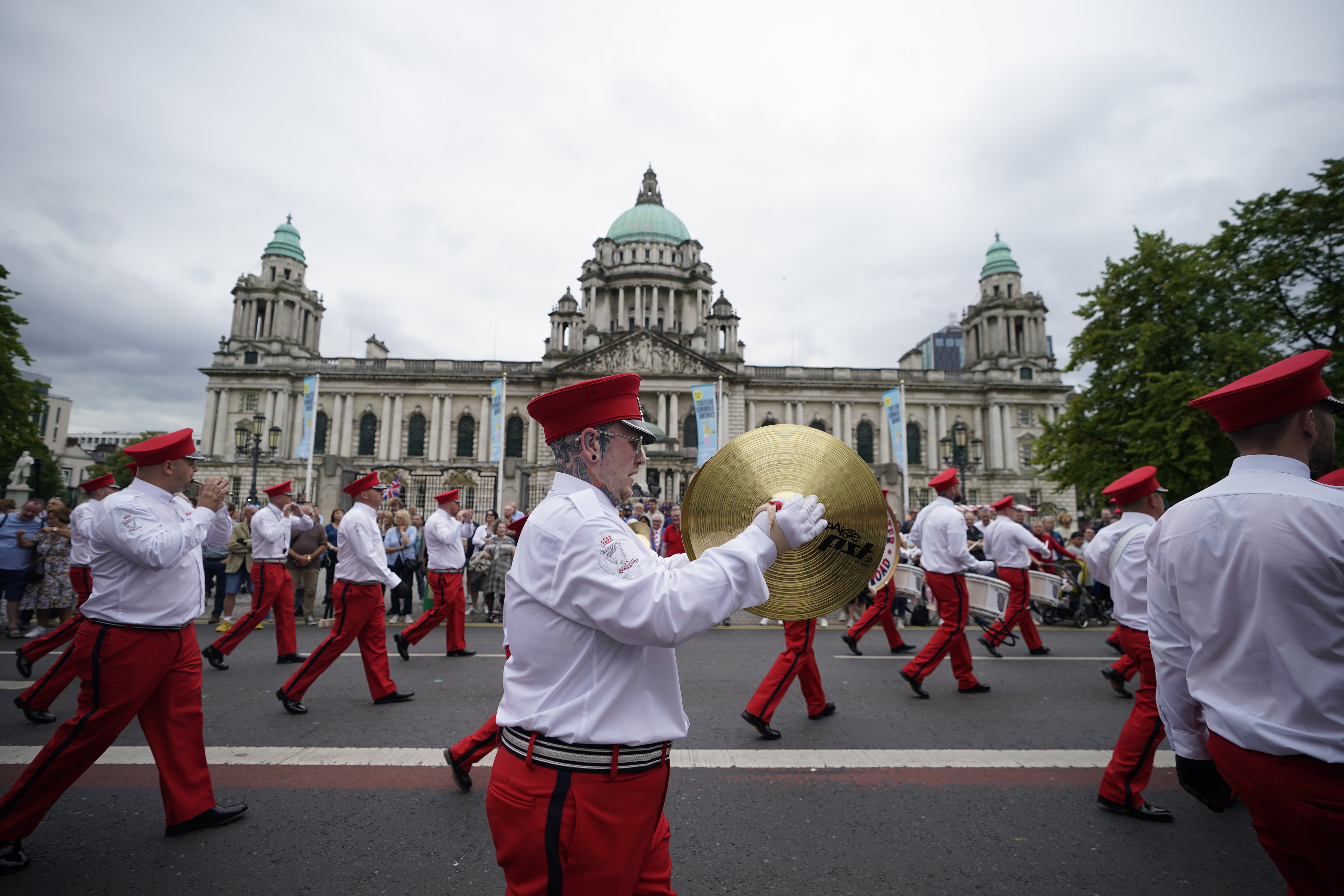
“It was wonderful to parade today through the streets packed with spectators as we made our way to the demonstration field. While the Brethren, Sisters, Juniors and the bands form the parade, I always feel it is the support from the spectators who really help make the occasion something truly special.”
Mr Stevenson praised Orange Order members and bands for stepping up during the pandemic, and said they “worked tirelessly to distribute much needed supplies to those much at risk in our communities”.
“We stepped up again recently when the plight of the people of Ukraine following invasion by Russia became clear. Our people rallied round and collected tonnes of essential products which were shipped out to those most in need,” he said.
“These are two examples on a major scale in which the Orange family has shown that it is an essential part of community life. We have a role to play and we are determined to play it to the full.
“I challenge you all here today to be proactive ambassadors for the Orange Institution in this area and do all you can to encourage family and friends to join our ranks.”
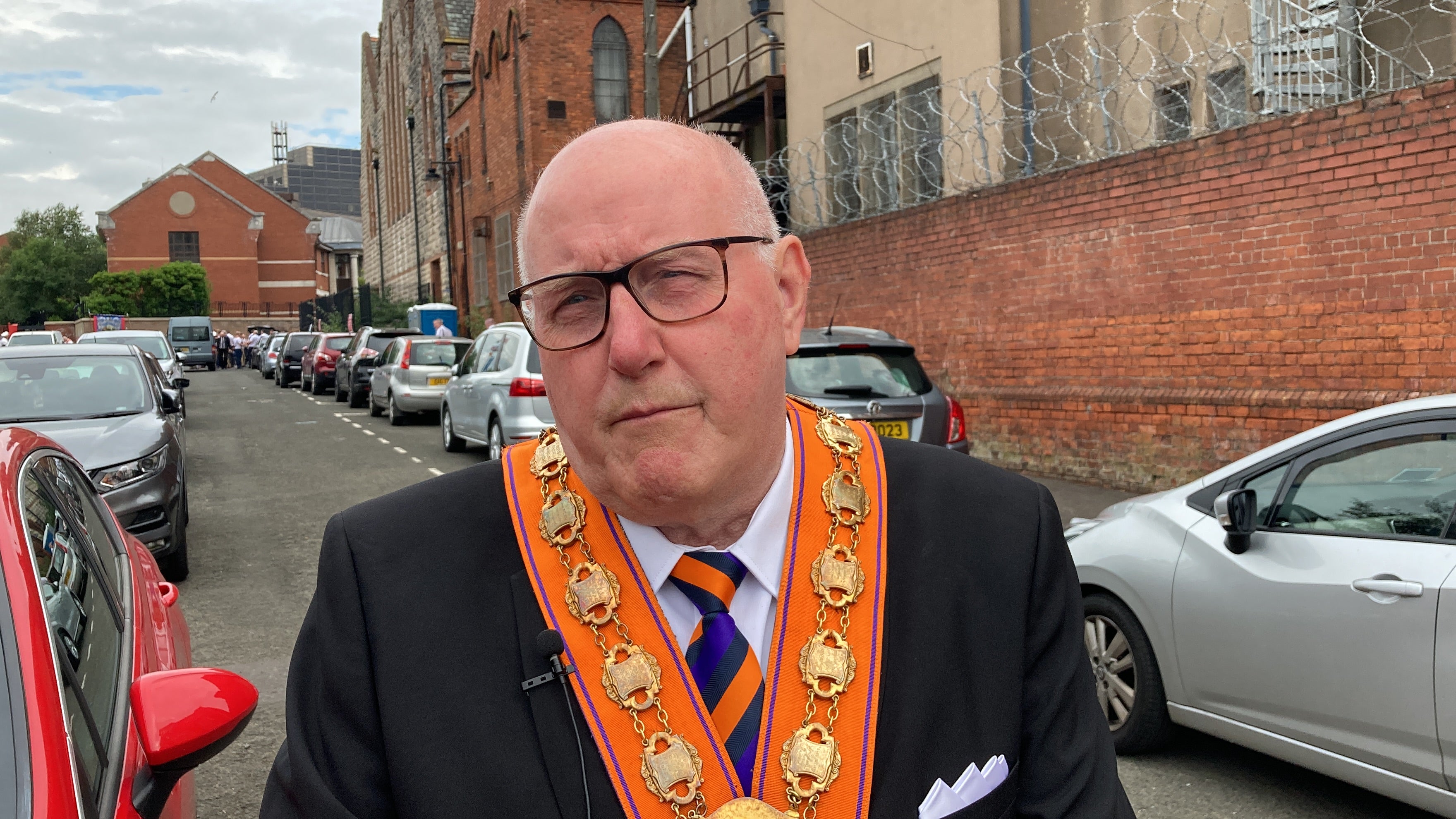
In Belfast, County Grand Master Spencer Beattie said around 10,000 order members and bandsmen and women were expected to take part in the capital.
“In 2020 we were cancelled because of Covid, so this is the first time back on the street in our full parade,” he told the PA news agency.
“We’ve had various smaller parades over the last couple of years, reduced down because of Covid, but it’s great to be back in full swing again. Hopefully, the day will be a celebration for everybody getting back out on to the street and enjoying the day.”
The Belfast parade is one of the longer routes, passing through the city from Clifton Street, laying a wreath at the cenotaph at City Hall and progressing on to the demonstration field at Barnett Demesne.
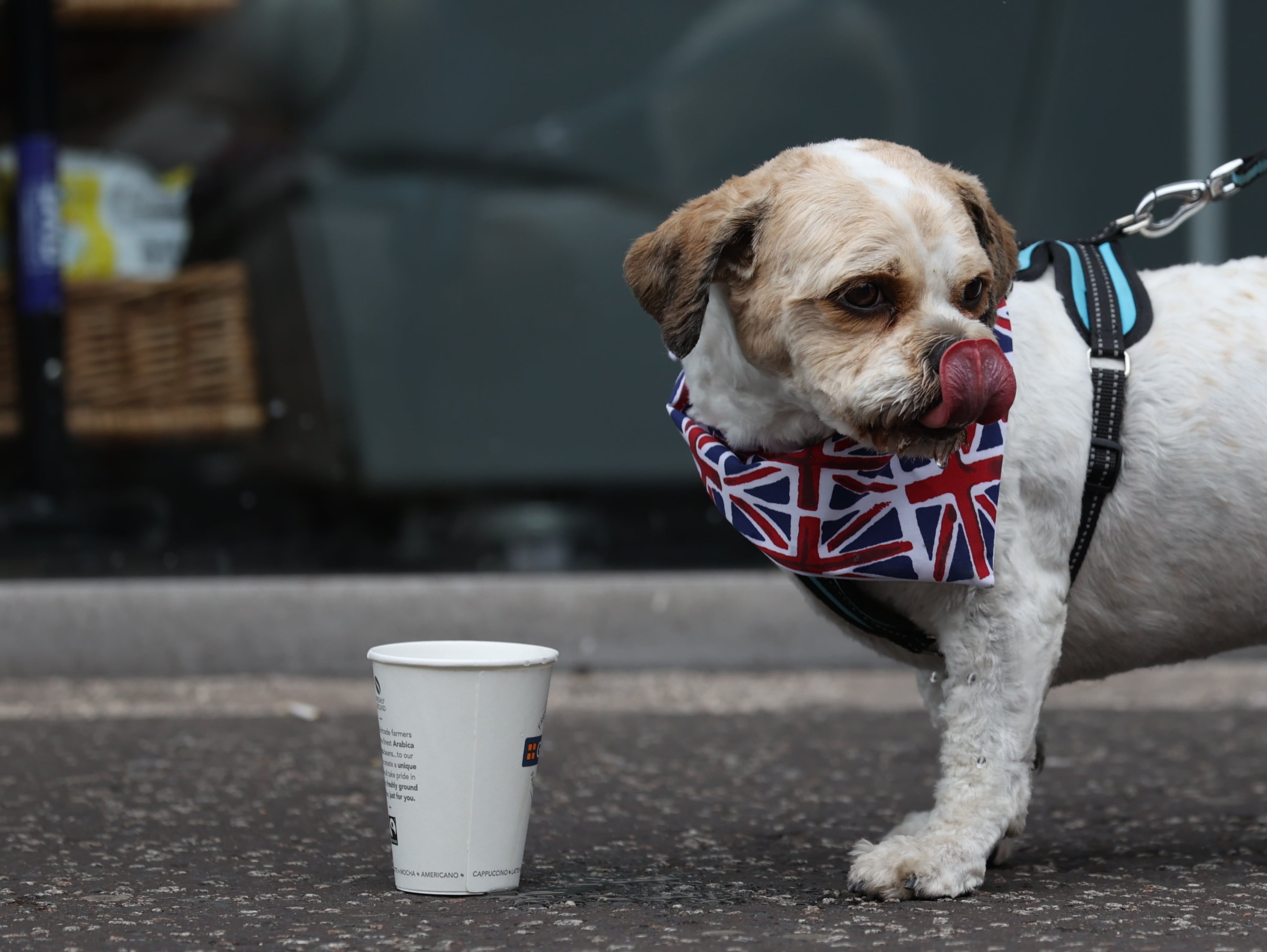
“It’s just great to get everyone back out again. You’ll have noticed from the number of bonfires that were about last night that everybody is coming back into the spirit of the Twelfth of July again,” Mr Beattie said.
“It’s immeasurable how many spectators you have at the side of the road; that’s where you see the tourist part of it, in the city centre.
“People are just happy to be getting back into a traditional Twelfth of July. We understood the reasons why we had to reduce the size of the parade – we had to keep people at home in 2020 – last year we reduced and spread about the city to reduce the crowds.
“But now we have got the full parade back on the road, people are out with smiles and enjoying themselves.”
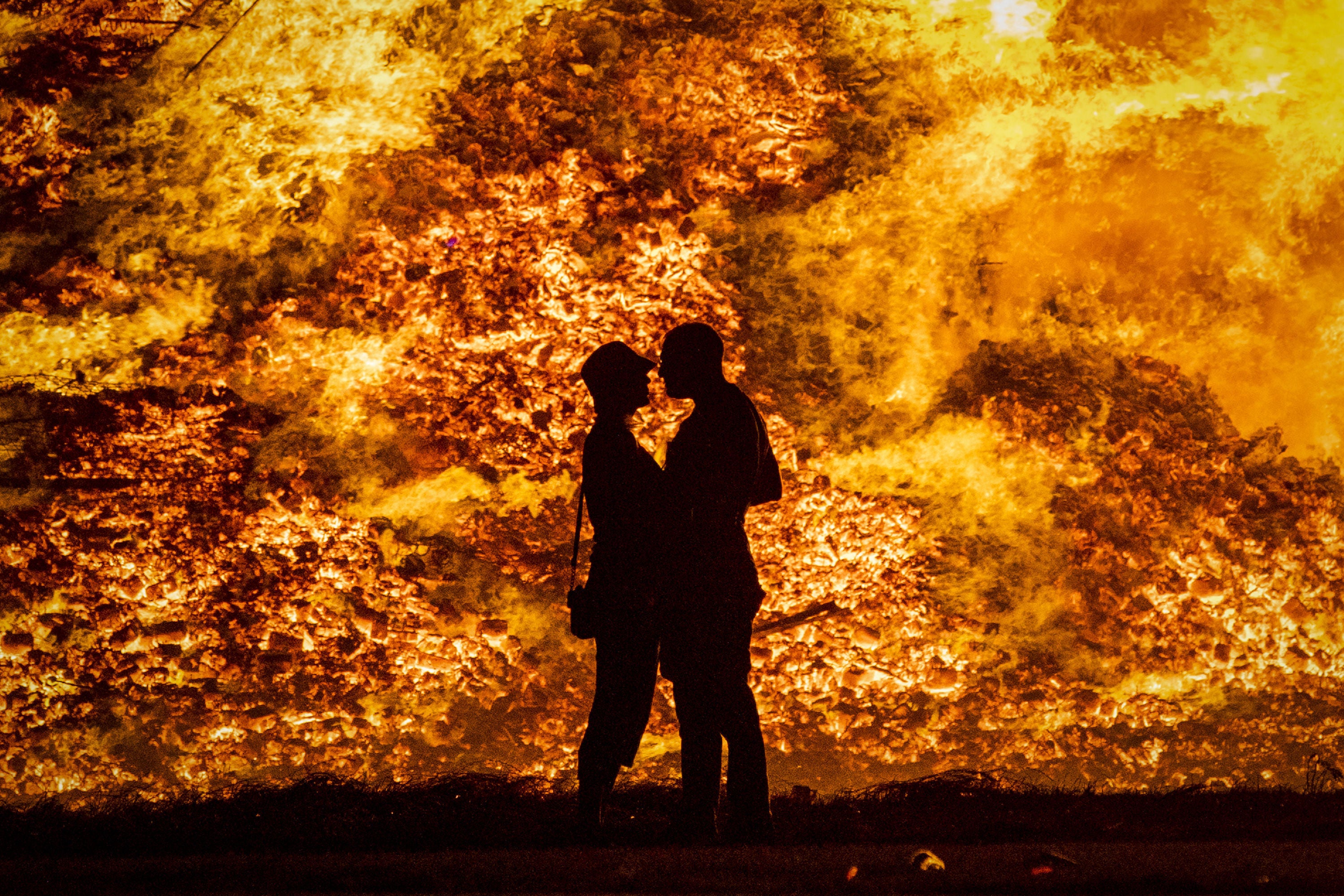
On Monday night around 250 bonfires were lit in loyalist communities across the region to usher in the main date in the parading calendar.
Police said they were gathering evidence after complaints about election posters and effigies being put on bonfires.
The Twelfth parades, which are organised by the Orange Order, commemorate the Battle of the Boyne in 1690.
The battle, which unfolded at the Boyne river north of Dublin, saw Protestant King William of Orange defeat Catholic King James II to secure a Protestant line of succession to the British Crown.
Thousands of Orange lodge members parade through the summer months to mark William’s victory and other key dates in Protestant/unionist/loyalist culture.
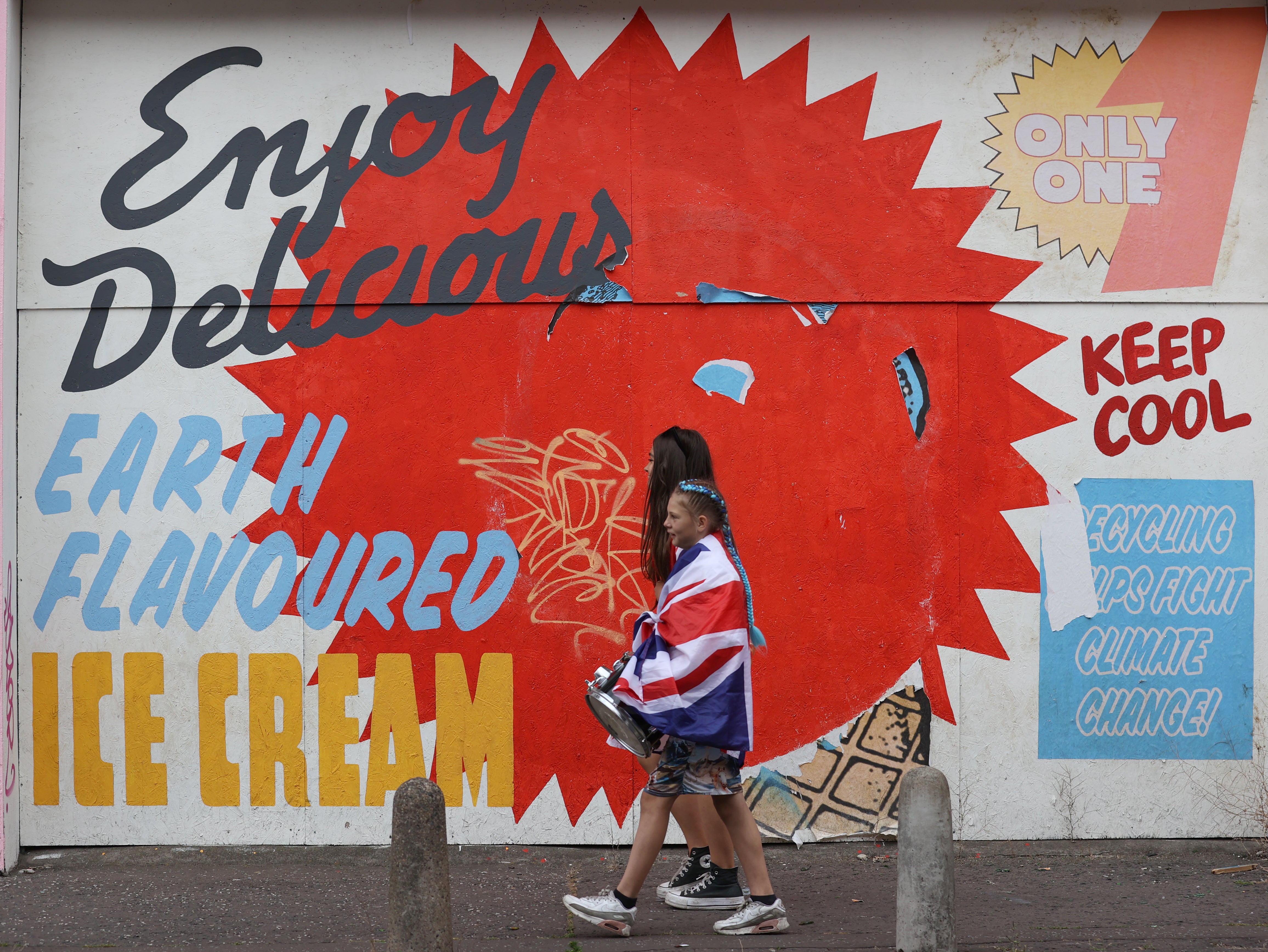
Those celebrations culminate on the Twelfth – the anniversary of the Boyne encounter.
The routes of certain Orange parades became intense friction points during the Troubles, often leading to widespread rioting and violence.
The disputes usually centred on whether or not Orange lodges should be entitled to parade through nationalist areas.
While Orangemen insisted they had the right to parade on public roads following long-established traditional routes, nationalist residents protested at what they characterised as displays of sectarian triumphalism passing through their neighbourhoods.
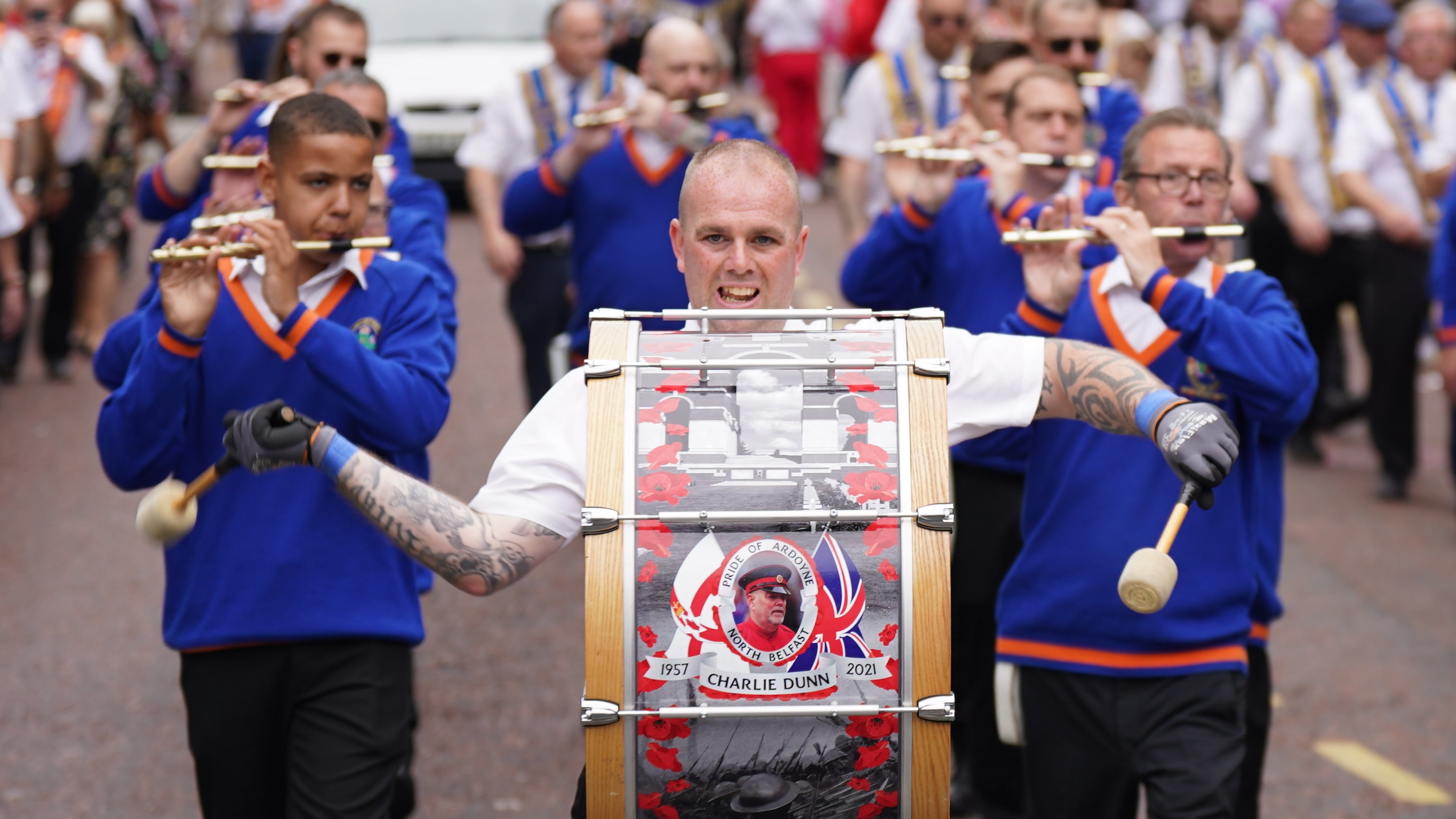
The number of flashpoints has reduced significantly in the peace process years.
The build-up to this year’s Twelfth has been low key and lacking the levels of tension and rancour associated with previous years.
On July 12, there are 573 loyal order parades. Of these, 33 follow routes that are deemed to be sensitive.

The Police Service of Northern Ireland (PSNI) plan on the Twelfth being their busiest and most resource-intensive day of the year.
There will be 2,500 police officers on duty on the Twelfth, which is around a third of the strength of the PSNI.
PSNI chief constable Simon Byrne joined officers on the ground in the Ardoyne area on Tuesday morning.
The parade in the area, which previously saw protest and disorder, passed peacefully.







